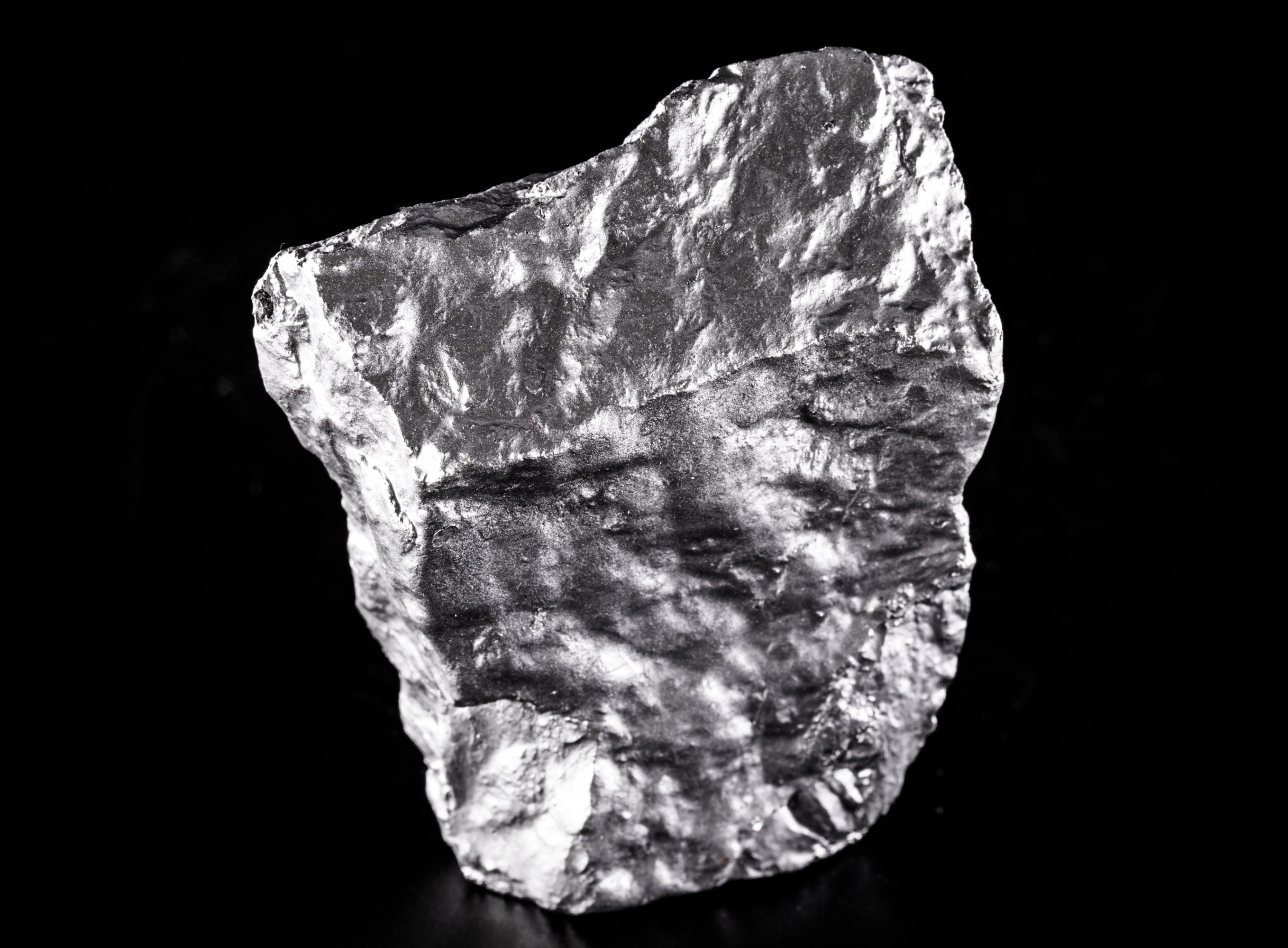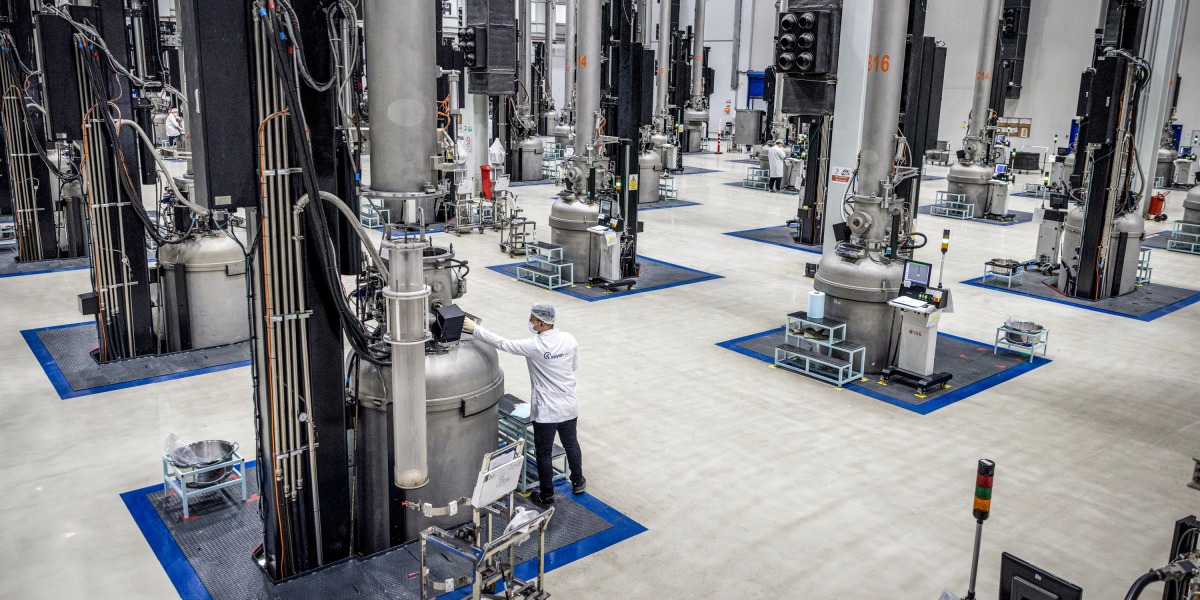This study only focused on technologies that generate electricity. It didn’t include all the materials that would be needed to store and use that electricity, like the batteries in electric vehicles or grid storage.
Demand for battery materials is expected to explode between now and 2050. Annual production of graphite, lithium, and cobalt will all need to be ramped up by more than 450% from 2018 levels to meet expected demand for electric cars and grid storage, according to a 2020 study from the World Bank.
Even considering battery materials, the basic takeaway is the same, Wang says: the world’s reserves of the materials needed for clean energy infrastructure are sufficient for even the highest-demand scenarios.
Getting them out of the ground will be the tricky part. Increasing production of some materials, especially those needed for batteries, will present social and environmental challenges.

“There is an underappreciation about what needs to happen in mining,” says Demetrios Papathanasiou, global director for energy and extractives at the World Bank.
Take copper, for example: the world has mined about 700 million metric tons of copper since we started mining thousands of years ago. We’ll need to mine another 700 million metric tons just in the next three decades, Papathanasiou says, in order to meet climate targets. It’s not an issue of reserves: the minerals are there.
The problem is that mining, whether for fossil fuels or for renewable energy, can cause significant environmental harm. In the western US, for example, proposed mines for materials like copper and lithium could force Indigenous people from their lands and cause pollution.
Then there’s the labor issue. In some cases, materials today are mined by workers in unfair or exploitative working conditions. Despite efforts to ban child labor, it is still prevalent in cobalt mining in the Democratic Republic of Congo. Polysilicon processing in China has been linked with forced labor.
Figuring out how to get the materials we need to build a cleaner future without harming people or environments in the process should be a major focus of the renewable energy transition moving forward, Papathanasiou says. “We really need to come up with solutions that get us the material that we need sustainably, and time is very short.”
Correction: An earlier version of this article used the unit tons instead of metric tons.
#materials #power #world #renewable #energy






